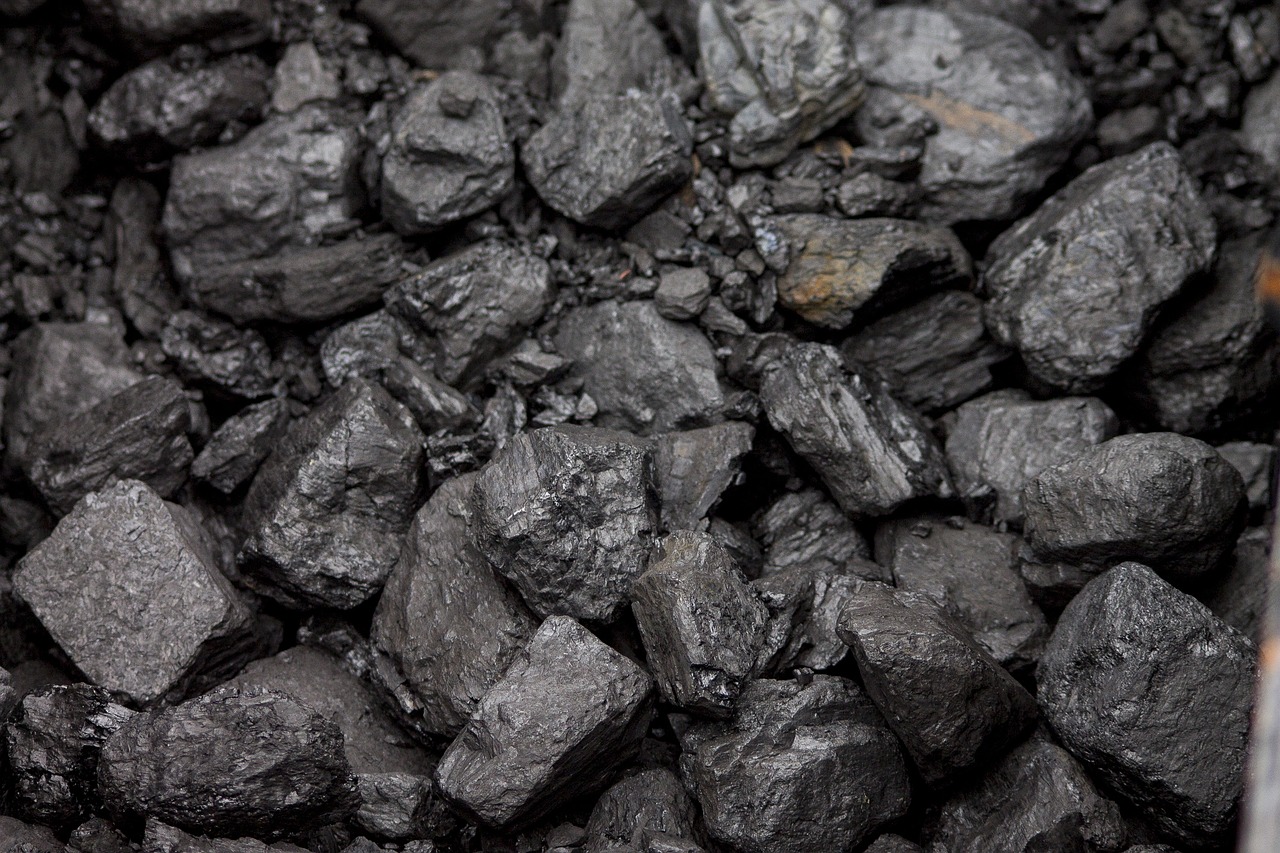Determinants of Commodity Price Stickiness
Structural or contingent stickiness reflects the different nature of their determinants
Published by Luigi Bidoia. .
EU sanctions against Russia Carbon black Price DriversThe global economy has experienced three exceptional years in terms of commodity price dynamics, with high and widespread growth across most commodities from summer 2020 to summer 2022, followed by a very differentiated reduction among various prices in the following twelve months. Based on the price dynamics in the EU over the past three years, over 700 commodities have been grouped into three clusters (elastic, inelastic, and sticky), described in the article Sticky Prices and Future Risks.

It can be useful to look into the characteristics of different markets that lead prices to exhibit varying degrees of stickiness.
For prices characterized by structural stickiness, the downside risk of price forecast dynamics can be considered relatively low. Conversely, for those prices classified as "sticky" but not structurally so, the risk of a significant decline in the coming months is not negligible.
This risk, in turn, varies depending on the factor that caused this stickiness in the past year. If the probability of this factor fading in the coming months is high, then the downside risk of the price forecast increases.
Structural Stickiness
Industrial economics, which studies market structures, considers price stickiness a characteristic of oligopolistic markets and markets with imperfect competition. In both, firms have significant market power: in oligopolistic markets, because there are few firms, and their pricing policies take into account potential reactions from competitors; in markets with imperfect competition, because product differentiation allows firms to escape, at least partially, from price competition.
In markets with imperfect competition, price stickiness is accompanied by price dispersion. The ability to escape, at least partially, from price competition allows competing firms to sell their products at slightly different prices. Conversely, in oligopolistic markets, the price is closer to a single price situation because product homogeneity makes it easier for buyers to compare prices and find the best deal.
The following charts show four cases of prices that have been sticky in recent months. Each chart shows both the average price level and its dispersion.
Average Price Level and Dispersion in the EU Market
| Sodium Carbonate | Methylene Chloride |

|

|
| Acetic Acid | Aniline |

|

|
The limited price dispersion for sodium carbonate and methylene chloride suggests that these two markets are oligopolistic, with a limited number of competitors. Conversely, the greater price dispersion for acetic acid and aniline suggests a greater importance of product differentiation.
Contingent Stickiness
In the past 12 months, some prices have been sticky due to contingent factors. The most emblematic case in this regard is the price of oil, whose decline from the peaks of over $115 per barrel in June 2022 faced strong resistance from the production reduction policy implemented by OPEC+.
Many of the prices that were sticky between the second half of 2022 and the first half of 2023 are linked by the sanctions that the European Commission imposed on EU imports from Russia for its invasion of Ukraine. The restrictions on these imports for many commodities resulted, ceteris paribus, in a reduced supply in the EU market. During the phase of strong demand growth, this led to accelerated price increases and, in the subsequent phase of weak demand, a containment of their reduction.
The figure below shows the commodities affected by these sanctions, grouped by families.

An interesting example is carbon black. The two charts below show EU imports over the past 13 years and the EU market price during this century.

Russia has always dominated EU imports from non-EU countries. The collapse of EU imports from Russia following the sanctions of March 2022 is evident, replaced by a strong increase in imports first from China and subsequently from Egypt.
Due to this supply shortage, the price in the EU market rose to nearly 2000 euros per ton, far higher than previous peaks in the price of carbon black. The subsequent price decline was relatively limited, with prices around 1600 euros, nearly 70% higher than the average prices of 2019.
Do you want to stay up-to-date on commodity market trends?
Sign up for PricePedia newsletter: it's free!
Conclusions
In the past 12 months, the prices of many commodities have seen significant reductions, approaching the average prices of 2019. In many cases, however, the reduction has been modest due to high price stickiness. Analyzing the determinants behind this stickiness is the tool to assess the risks of a potential collapse in these prices in the coming months.
The results reported in this article suggest the existence of both structural factors (the lower degree of competition in some markets) and contingent and lasting factors (EU sanctions on Russia). These reduce, but do not eliminate, the number of commodities whose price forecasts present significant downside risks. Only constant market monitoring will allow the identification of potential significant price declines that could affect many commodities in the coming months.

